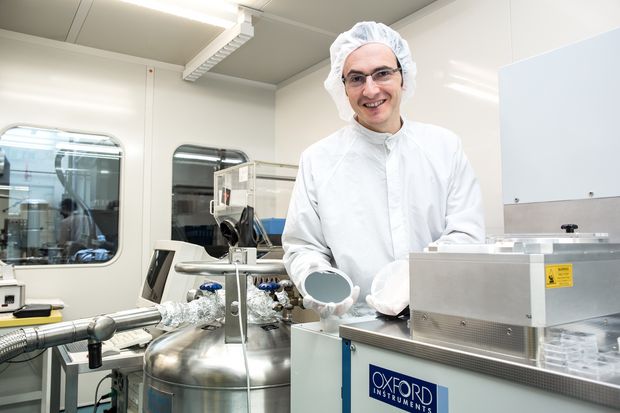Present-day society has been built on the virtual exchange of information. When it comes to ensuring truly secure communications, quantum technology based on quantum light looks very promising.

Banking, e-mails, business – over the years, modern society has been built on the virtual exchange of information. Despite the advantages, our virtual world is vulnerable, making cyber security essential. When it comes to ensuring truly secure communications, quantum technology based on quantum light looks very promising.
Together with researchers at the University of Vienna, for the first time, researchers at the Johannes Kepler University Linz have succeeded in demonstrating a new quantum light source that can generate entangled light particles from semiconductor nanostructures and enable secure quantum communications. These light sources have a major advantage in that their noise-level is low and, in principle, data rates are higher compared to previously used light sources.
At 85 bits per second, transmission is not yet ready for real-world practices however, JKU physicists DI Christian Schimpf and Prof. Armando Rastelli (Department of Semiconductor Physics) explain: "The quantum transmission was not only error-free, it was impossible to listen in without being noticed." Any attempt would disrupt the photon entanglement resulting in being noticed even before transmission were to take place.
Transmission between Buildings was Successful
An experiment transferring information between the JKU Physics Bldg. and the Open Innovation Center at the Linz Institute of Technology was successful. "This proves technical feasibility."
In contrast to prior demonstrations, for the first time, the photons (so-called quantum dots) originated from semiconductor nanostructures and were constructed from materials similar to conventional light sources used for fiber-based communications. The method has an advantage and Prof. Rastelli is confident: "Although more research is needed, our method definitely makes transmission rates in the range of hundreds of megabits per second possible."
An additional advantage is the quality of generated photons. Philip Walther added, "Quantum dots truly generate photons at a level of quality previously unseen in photon sources." In this regard, these types of sources are not only of interest when it comes to quantum communications, but also for optical quantum computers as well as quantum simulators. A paper titled "Quantum Cryptography with Highly Entangled Photons from Semiconductor Quantum Dots" was published yesterday in the renowned journal “Science Advances”.
EU Interest in the Research
The partnership between the teams from Linz and Vienna is conducive to synergistically combining expertise and experience in order to further develop quantum encryption and conduct research to explore additional applications for quantum dots in the fields of communication, security, and information processing. Support for research in this area is provided by the Linz Institute of Technology (LIT) as part of the project "EQKD-QD - Entanglement-Based Quantum Key Distribution with On-Demand Photons Generated by Semiconductor Quantum Dots", the LIT Secure and Correct Systems Lab, the Austrian Science Fund research group FG5 "Multiphoton Experiments with Semiconductor Quantum Dots" (led by the JKU and with partners at the University of Vienna and the University of Innsbruck) and the EU.








